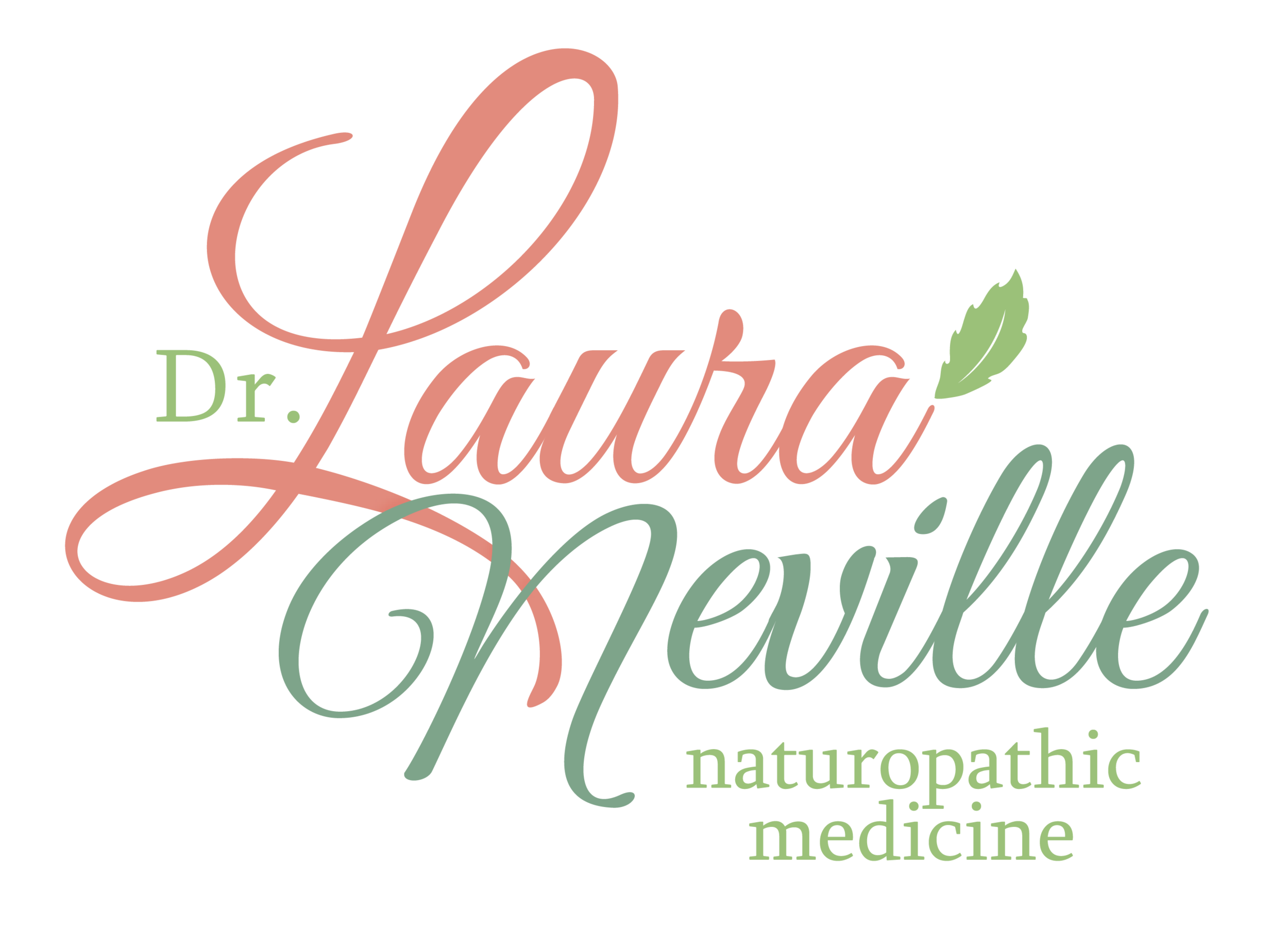Stress: At the heart of the matter
Did you know that majority of all visits to the doctor are for stress-related problems?
According to the American Psychological Association, chronic stress is linked to the six leading causes of death: heart disease, cancer, lung ailments, accidents, cirrhosis of the liver and suicide.
The culprit behind so many of today’s health problems is staring us in the face. Yet with such alarming rates of stress, effective treatments to offset the severe impact of this healthcare crisis seem beyond reach. Until now.
Most of us have been taught that the heart is constantly responding to signals derived by the brain. However, in 1991, the work of J. Andrew Armour, M.D., Ph.D. showed that the heart sends more signals to the brain than the brain sends to the heart!
With over 40,000 neurons, this “little brain” allows the heart to independently sense, process information, make decisions, and even demonstrate a type of learning and memory. The heart has a mind of its own.
The HeartMath Institute’s research shows that Heart Rate Variability or HRV is thought to be an important indicator of health. HRV is greatest in youth, and although the age-related decline in HRV is a natural process, having abnormally low HRV is associated with increased risk of future health problems and premature mortality. Low HRV is also observed in individuals with a wide range of pathologies.
During stress and negative emotional states, the heart rhythm pattern is erratic and disordered or “incoherent” and inhibits brain functions. This causes the body to operate inefficiently, deplete energy, and produce extra wear and tear on the entire system. This is especially true if stress and negative emotions are prolonged or experienced often.
In contrast, the more ordered and stable or “coherent” pattern of the heart’s input to the brain during positive emotional states improves cognitive function.
The shift of emotions and sustained emotional positivity is the key element to create heart-brain coherence. By reducing stress-induced wear and tear on the nervous system and facilitating the body’s natural regenerative processes, regular practice of coherence-building techniques can help restore HRV to healthy values.
Positive emotions (note: positive emotions, not positive thinking) appear to encourage the system at its resonant frequency, enabling coherence to emerge and to be maintained naturally. Eventually, with continuity of specific mindfulness practices, individuals are able to shift into coherence by directly activating a positive emotion on cue.
It appears that the heart is truly an intelligent system and individuals may have greater control over their minds, bodies and health than previously suspected.
The heart has been considered the source of emotion, courage and wisdom for centuries. Although there is more to learn, it appears that the age-old associations of the heart may indeed have a scientific basis.
Dr. Laura Neville
Adapted from Labrix.com
References:
American Academy of Family Physicians Survey, 1988,U.S. News & World Report, December 11, 1995.
American Psychological Association (2017). "Stress in America: The State of Our Nation" Stress in America™ Survey.
Armour, J.A.. (1991). Anatomy and function of the intrathoracic neurons regulating the mammalian heart. Reflex Control of the Circulation. 1-37.
De léan A, Racz K, Gutkowska J, Nguyen TT, Cantin M, Genest J. Specific receptor-mediated inhibition by synthetic atrial natriuretic factor of hormone-stimulated steroidogenesis in cultured bovine adrenal cells. Endocrinology. 1984;115(4):1636-8.
McCraty R, Barrios-choplin B, Rozman D, Atkinson M, Watkins AD. The impact of a new emotional self-management program on stress, emotions, heart rate variability, DHEA and cortisol. Integr Physiol Behav Sci. 1998;33(2):151-70.
McCraty R. Science of the Heart - Exploring the Role of the Heart in Human Performance. 2015.
Rein G, Atkinson M, McCraty R. The Physiological and Psychological Effects of Compassion and Anger. Journal of Advancement in Medicine. 1995; 8 (2): 87-105.
Rosch PJ. America’s Leading Adult Health Problem, USA Magazine, May 1991.
Salleh MR. Life event, stress and illness. Malays J Med Sci. 2008;15(4):9-18.
Schnall PL, Dobson M, Rosskam E. Unhealthy Work, Causes, Consequences, Cures. 2009.
